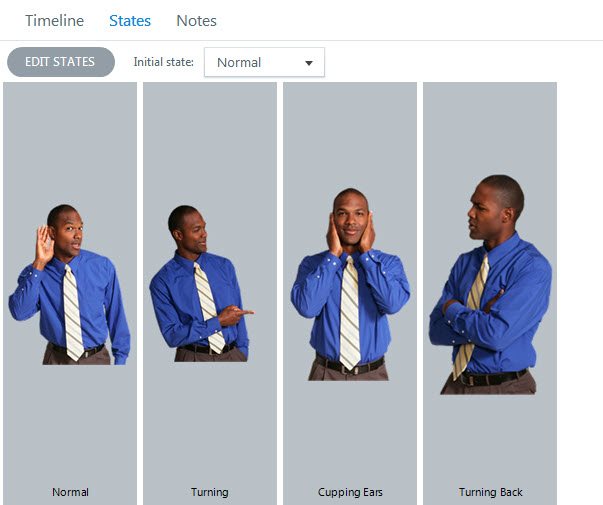
It could also be used in ‘TryIt’-style interaction or in a scored quiz. However, it does add more realism and lets learner explore more freely, rather than having to follow a predetermined sequence of steps. Mobile device screen, zoomed inĬreating simulations like this example takes more work than simply recording a screen sequence.

I also tested this on a mobile device and it worked reasonably well. my simulation.Īnd here is a link to the published Storyline simulation. The video below shows the functions enabled in the sim and also compares the real TinkerCAD interface vs. By separating the UI functionality from the functions of a specific board layout, I can reuse the overall UI elements for as many different slides as I want. In my example, I used a simple board layout with three LEDs. The functionality for a specific board layout is contained on the actual slide. The key was to have the layers display on top of each other.

For example, there is one layout for any exercises that use Arduino boards. Masterslide with layers for UI elementsĪll the dropdown lists, buttons to start/stop the simulation, etc. Most of the UI functionality is implemented on layers on the masterslide. I had done a software simulation in Storyline 2 and the same concepts still apply. I love the interface and thought this might be a good test case for a true software simulation (not a pre-recorded step-by-step demo) with Storyline 360. TinkerCAD a is free, web-based tool that lets you create 3D objects and quite complex electronic circuits.

I have been using TinkerCAD lately, to tinker (pun intended!) with Arduino board circuits.


 0 kommentar(er)
0 kommentar(er)
